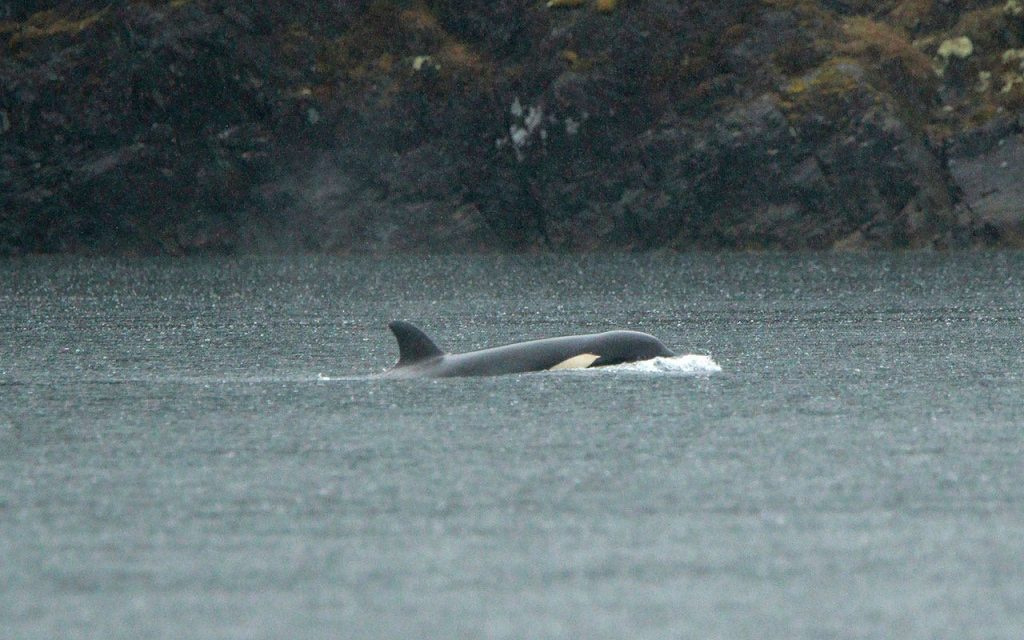Canadian authorities are working on a plan to rescue a stranded killer whale calf from a remote tidal lagoon off northern Vancouver Island. The rescue effort involves placing the 2-year-old calf into a sling, lifting it out of the lagoon by helicopter, and placing it in a net pen in the ocean while they wait for its family pod to be near before releasing it. The young whale has been stranded in the area since its pregnant mother was stranded and died on March 23. Rescuers have been unable to coax the calf out of the lagoon, leading to the decision to airlift it to safety.
The plan was agreed upon during a meeting between members of the Ehattesaht First Nation council, Canadian Fisheries Department officials, and marine technical experts. The Ehattesaht First Nation Chief, Simon John, emphasized the deep cultural and spiritual connections his people have with orcas, receiving calls of concern and support from around the world. The rescue effort has garnered attention globally, highlighting the importance of preserving and protecting marine animals like killer whales in their natural habitats.
Canadian Fisheries Department and First Nations officials are coordinating the rescue effort, with a marine mammal coordinator stating that the rescue could occur within days, but more likely within the next two weeks. The goal of the operation is to reunite the young orca with its extended family once it is safely airlifted out of the lagoon. By placing the calf in a net pen in the ocean, rescuers hope to keep it safe and secure until its family pod can be located and brought nearby for its release back into the wild.
The stranded killer whale calf has captured the attention of the public and officials, with the rescue plan aiming to ensure its safety and well-being. The loss of its pregnant mother has left the young whale stranded in the lagoon, prompting the urgent need for a rescue operation to reunite it with its family. The cooperation between Canadian authorities, First Nations officials, and marine experts highlights the collaborative effort required to address such situations and protect marine animals from harm.
Plans for the airlift rescue of the killer whale calf include placing it in a sling to be lifted out of the lagoon by helicopter before being placed in a net pen in the ocean. This temporary measure is necessary to ensure the calf’s safety while waiting for its family pod to be near for its release. The intricate operation involves careful coordination and planning to ensure the successful reunification of the young orca with its extended family in the wild, emphasizing the importance of conservation efforts for marine wildlife.
The global attention and support for the stranded killer whale calf underscore the significance of protecting and preserving marine animals like orcas in their natural habitats. The rescue effort reflects the commitment of Canadian authorities, First Nations officials, and marine experts to safeguard these majestic creatures and ensure their well-being. By working together to carry out the airlift rescue plan, the hope is to provide the young whale with a second chance at life and reunite it with its family pod in the ocean waters off northern Vancouver Island.


